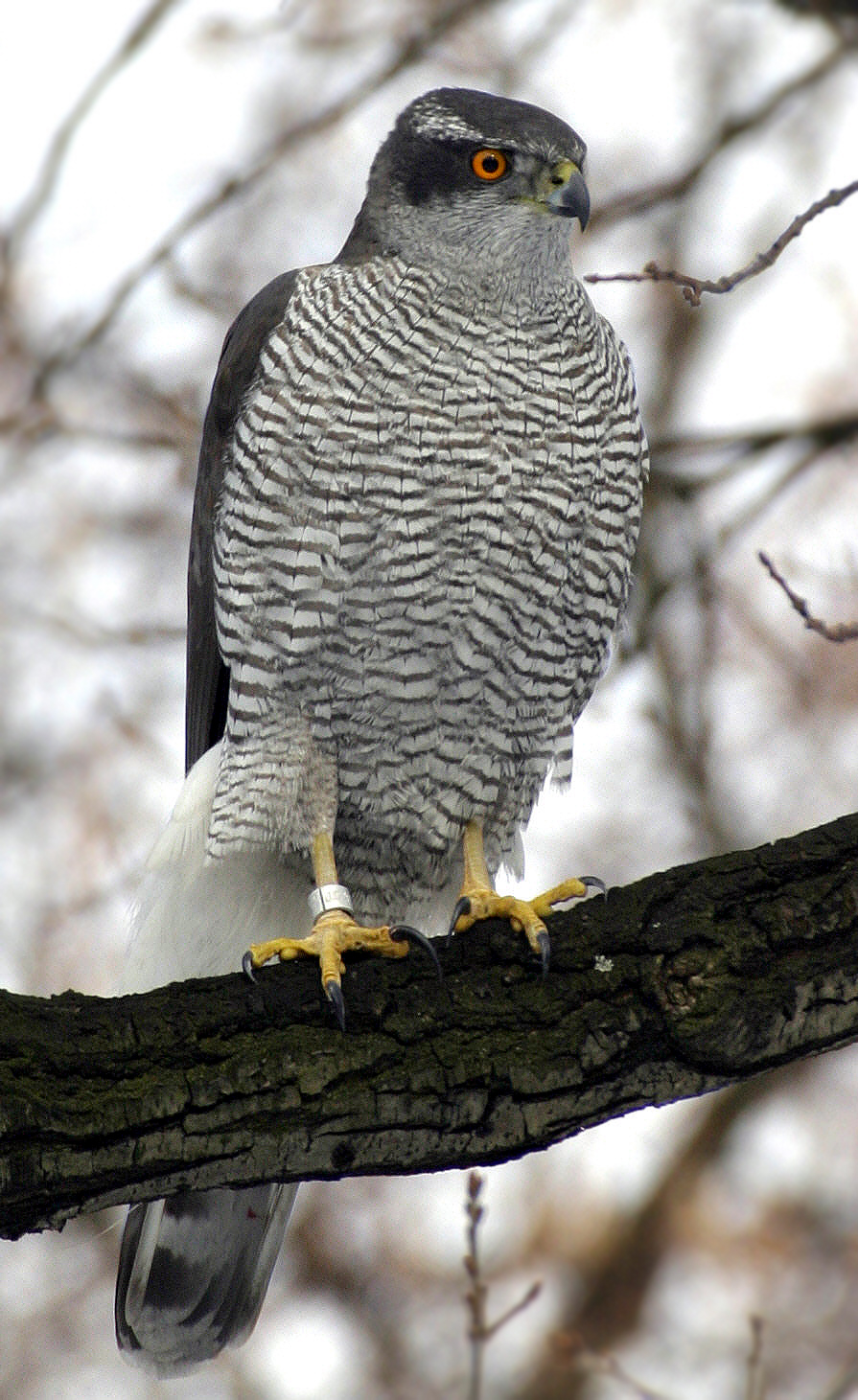Northern goshawk
Species Name: Accipiter gentilis

Species Name: Accipiter gentilis

We have detected that you are using extensions to block ads. Please support us by disabling these ads blocker.
The CWC is collecting feedback on the Dashboard with this survey, which will take you about four minutes to complete. By taking the survey, you will help the CWC continue to improve the Dashboard. Thank you!
Information on the Central Wasatch Commission's Environmental Dashboard is made available as a public service, without express or implied warranties of any kind and is subject to the terms of use.
Please note that if you have third-party cookies disabled in your browser settings, certain aspects of our website may not function as intended. Several of the embedded maps in our Elements sections require third-party cookies to be enabled and will otherwise show an error.
If you would like to enable third-party cookies or adjust your cookie preferences, please refer to your browser's settings or options. This will allow you to customize your browsing experience to suit your needs.